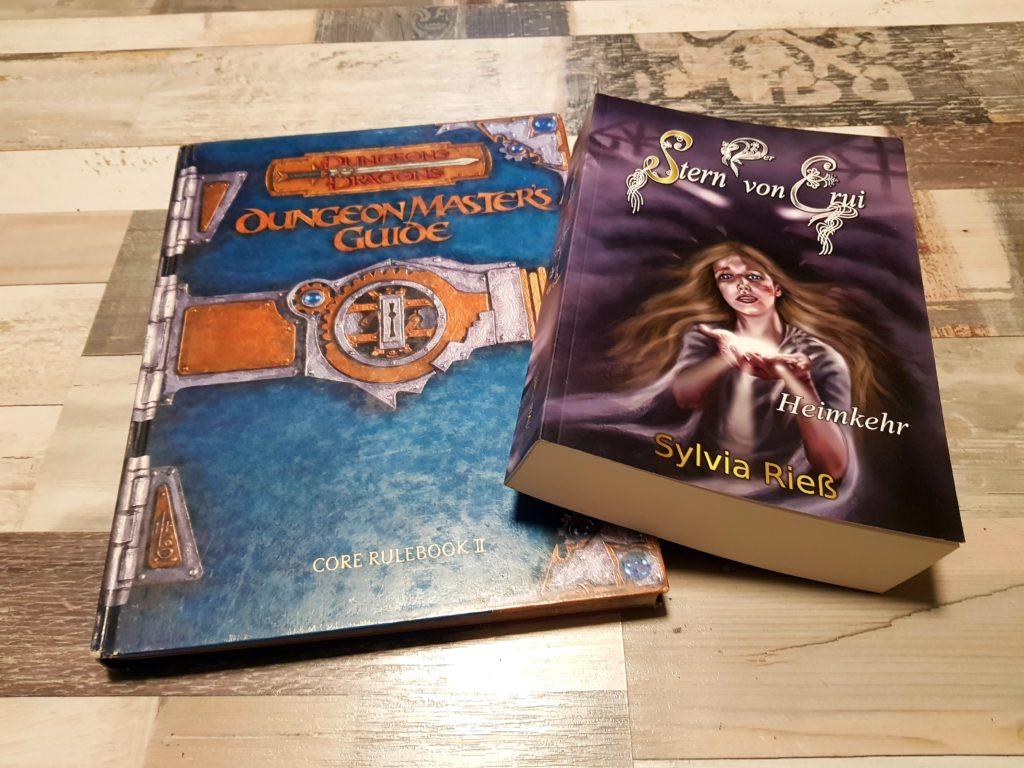In my previous attempts of recreating the fun and excitement of pen & paper role playing games, I primarily focused on the pure game mechanics. I would always start out by writing down game mechanics and implementing them, like character creation, combat mechanics, item stats and thelike, sometime of my own making, sometimes in an attempt to faithfully recreate a known Pen&Paper system. Only one of those attempts saw the day of light (Quest for Revenge), but numerous didn’t. The projects quickly became too big and unmanageable for one single designer and developer, and were abandoned because I ran out of time or, sometimes, motivation.
I still think, that the recreation of those mechanics is an important step for the look and feel of those specific Pen&Paper systems (still dreaming about implementing my beloved D&D 4th Edition rules), but the true core of the Pen&Paper experience lies elsewhere. One of its most important aspects is the collaborative storytelling. This is why railroading your players sucks, because only one is telling a story and forcing it onto the others. We can’t quite recreate this type of storytelling in games to this day, unless you count curious experiments like Sleep is Death. But it is clear, that we need to tell a story in our game, and that the player must have at least some influence on it. The most basic form of this are choose-your-own-adventure style books. Its very rudimentary, but the player gets to decide the path of the story, although it is predefined, and storytelling is basically its core mechanic.

This shall be the basis of my concept. The main focus is telling a branching story, in which the player can decide the outcome or at least the direction and path. But this, of course, is not enough.
Next up: A world to explore
